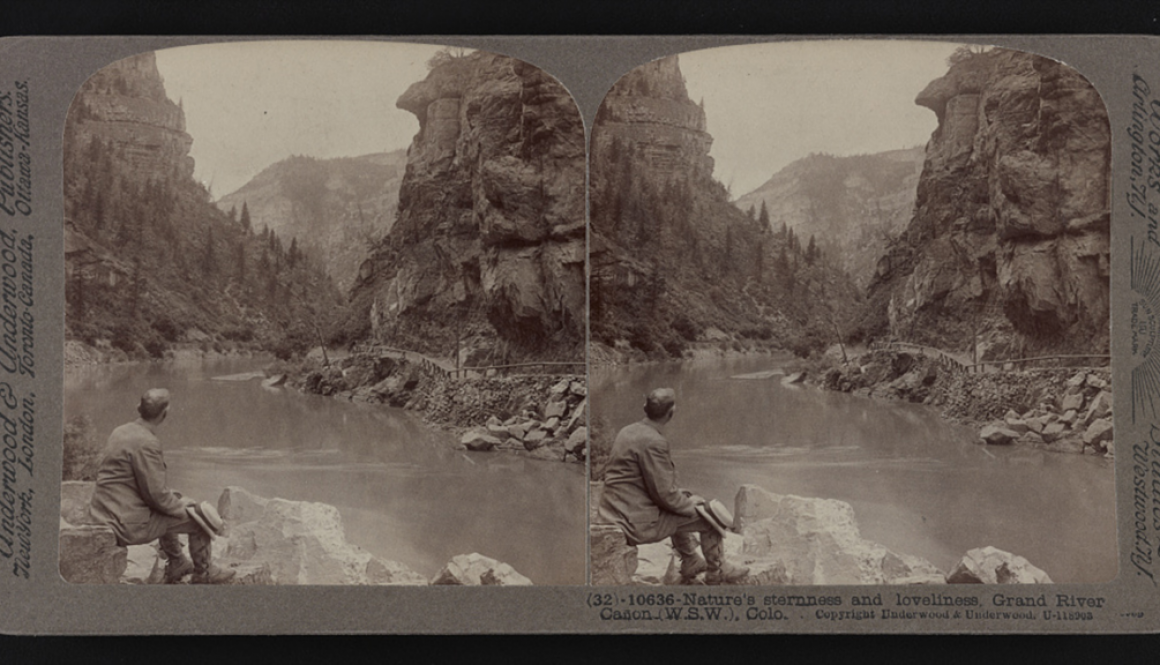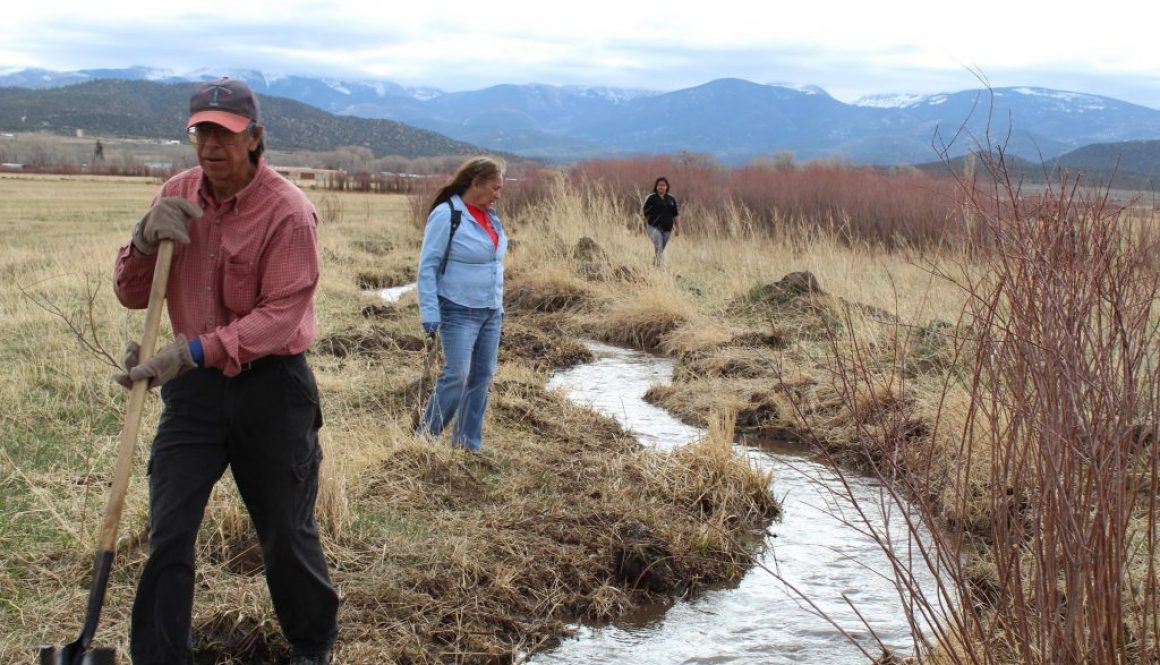Today on the Colorado’s Virtual Heritage Journey, we learn about acequias and their importance within the Sangre de Cristo National Heritage Area.
Acequias are mutually managed, irrigation channels that have been in continuous operation in the arid American Southwest since before the formation of the United States. This communal water system traces its roots to the Spanish conquistadors, who brought their traditions to the territory in the 1600s, and who themselves borrowed it from the Muslims who invaded Spain in the 8th century. Indeed, the word acequia (pronounced ‘ah-seh-key-uh,’ stress on the ‘seh’) is an adaptation of the Arabic as-saqiya, meaning water carrier.
The original settlers of Southern Colorado brought with them a form of land settlement and irrigation that was based on principles of equity, shared scarcity and cooperation in which water was viewed as a resource in place, rather than a commodity. This type of water system is called an acequia. Acequias continue to be the lifeblood of residents in Southern Costilla County – they not only serve to provide the water for the farms on which 270 families depend, but they also serve as a conduit for community services and support.
Stay Tuned for more of the #COVirtualHeritageJourney tomorrow, with Cache la Poudre River National Heritage Area and next Tuesday with South Park National Heritage Area.



